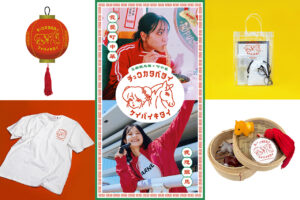
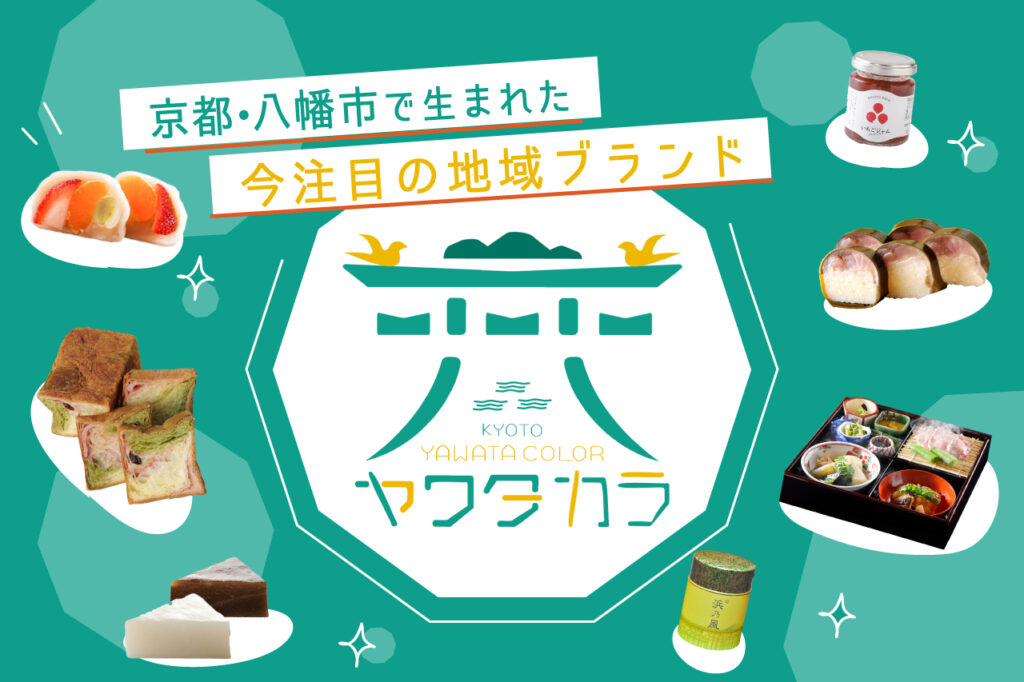

Located in the southern part of Kyoto Prefecture at the confluence of three rivers, the Kizu, Uji, and Katsura Rivers, Yawata City is an area rich in nature, with beautiful cherry blossom-lined hills and Otokoyama. Yawata City has long prospered as the town in front of Ishimizu Hachiman Shrine, and is known as the place where Shokado box lunches originated. It is also the birthplace of stories that have attracted worldwide attention, such as Edison's success in commercializing the incandescent light bulb using bamboo from Yawata and the Flying Shrine, built by Chuhachi Ninomiya, who invented the principle of flight before the Wright Brothers did. The city is also the birthplace of a story that has attracted the attention of the world.
In Yawata City, specialty products that are full of Yawatara-ness, such as food products that make the most of nature's bounty and handicrafts that give a sense of historical culture, are certified as Yawata Brand "Yawatakara". The lineup includes luxury gourmet foods that make you want to go out of your way to visit Yawata City, souvenirs that will be recognized by Kyoto connoisseurs, and other items that showcase the charm of Yawata City! This time, we will introduce 16 products from among the many available.
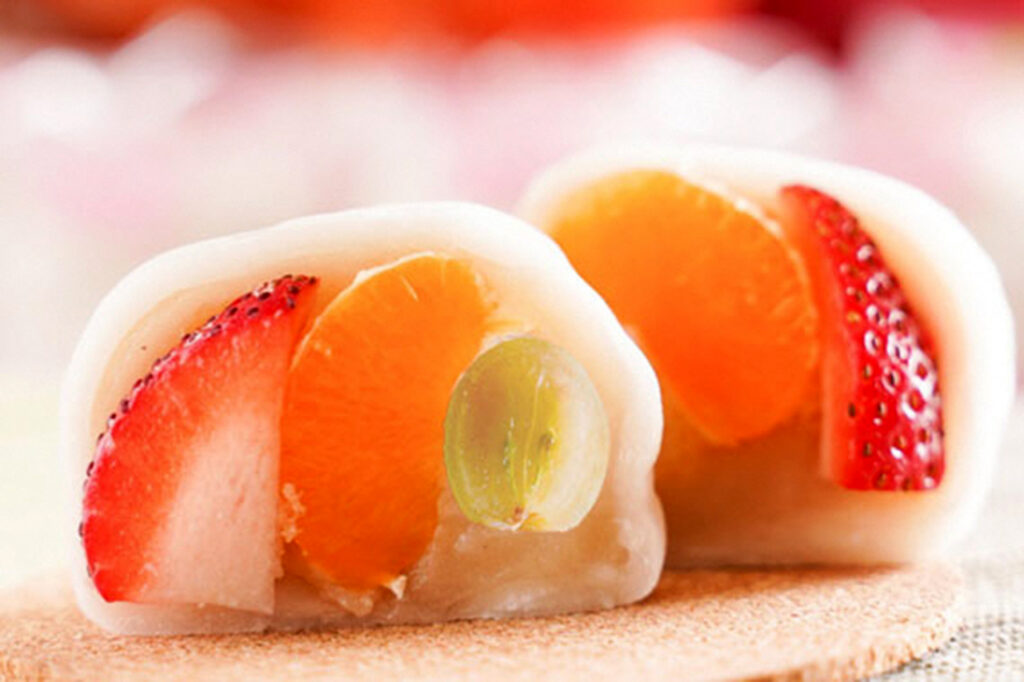
Fruit Parfait Daifuku regular size 350 yen per piece, large size 3996 yen for 6 pieces (large size only sold online)

Since its establishment in 1965, Hachiman Hachiman Kyoto has been loved by the locals for its signature sweets, the Fruit Parfait Daifuku (Daifuku with Fruits). Three kinds of fresh fruits, which change with the seasons, and a special white bean paste that melts in the mouth are softly wrapped in Shiga rice flour. Enjoy the luxury of the volume as if it were wrapped in a parfait.
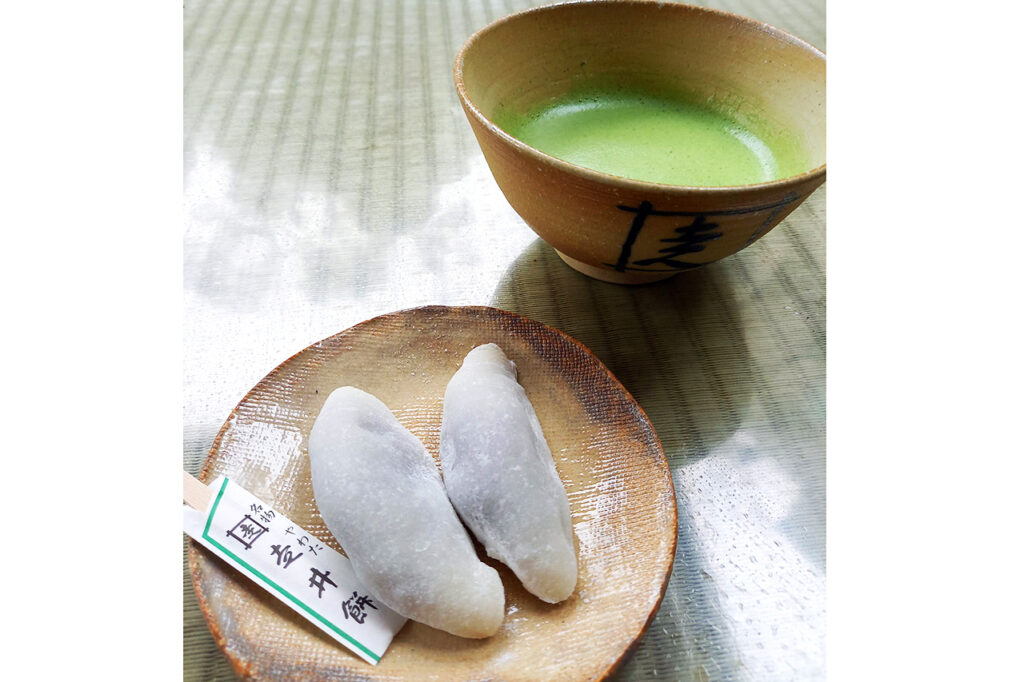
Sukui Mochi: 750 yen for 5 pieces, 1,400 yen for 10 pieces

[Yawata Hashii Mochi is located on the approach to Ishimizu Hachimangu Shrine. The specialty, Hashii Mochi, comes from the famous water "Hashii" and is shaped like a sword in reference to the legend that a sword smith forged his famous sword at Hashii during the Heian period (794-1185). The rice cake is made of Shiga-hanaje glutinous rice and wrapped in a sweet red bean paste made from Hokkaido azuki beans cooked with coarse sugar. With its soft texture and light flavor, it is perfect for a rest after visiting the shrine or as a souvenir.
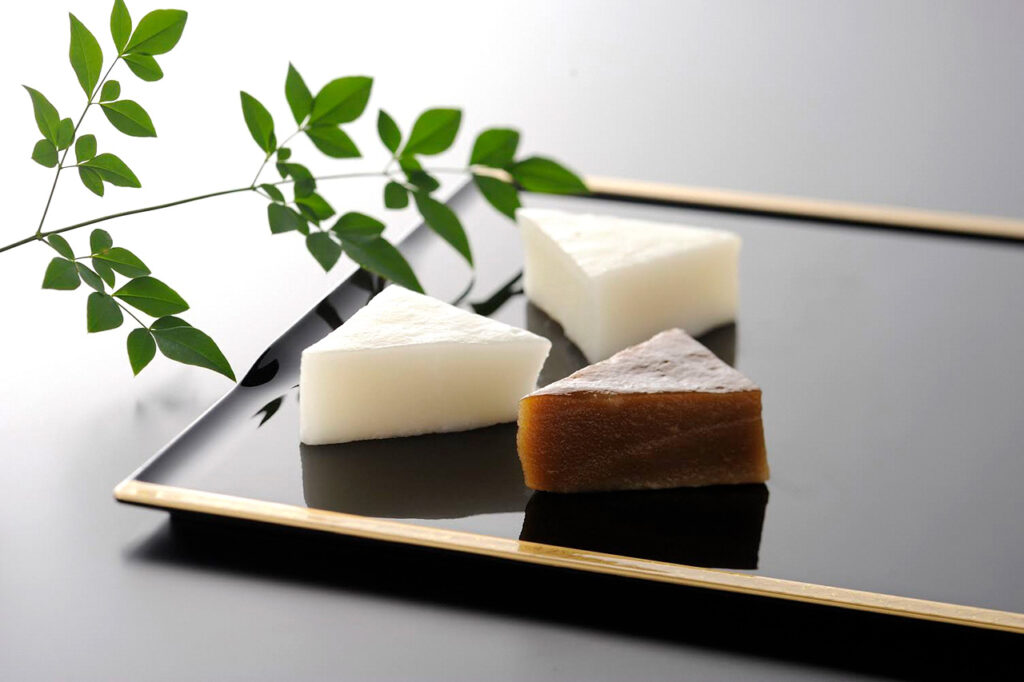
Shiba-banzou Uiro: 150 yen per piece

For more than 160 years since its establishment, the company has continued to make Uiro with a light flavor using the same homemade method that has been handed down from generation to generation. Uiro made from freshly ground rice flour has a firm texture, and the original flavor of rice spreads in each bite. It is available in two varieties, white sugar and brown sugar, both of which have a refined sweetness. The store sometimes sells out in the afternoon, so it is recommended to come early.
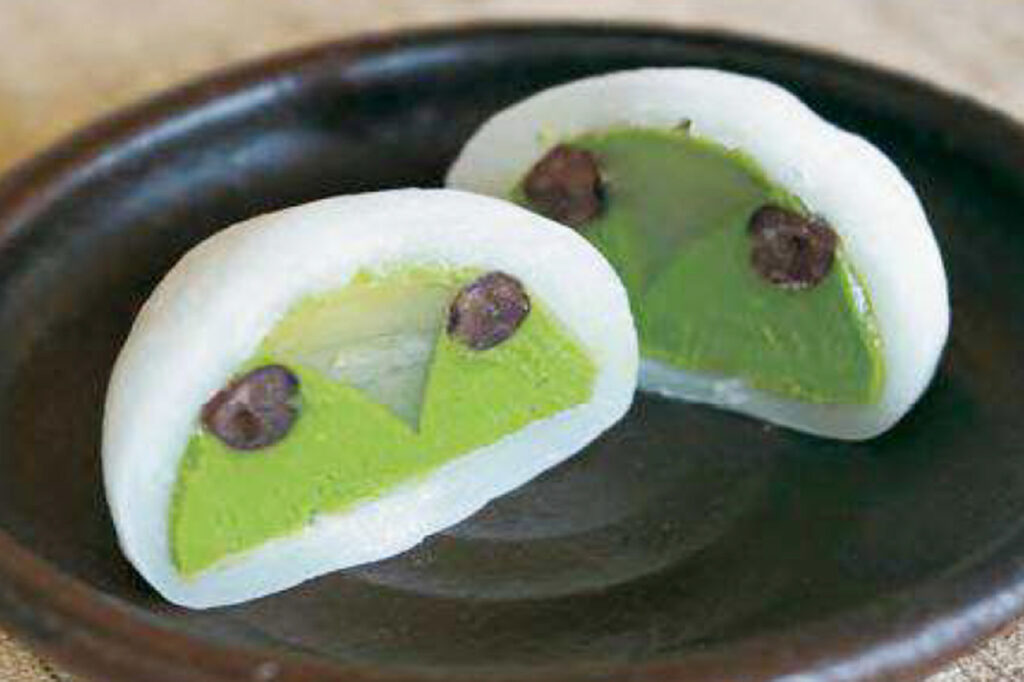
Matcha green tea raw chocolate daifuku, 235 yen per piece

Gokashiji Kameya Hoho offers handmade wagashi that can be enjoyed with all five senses. Among a wide variety of sweets such as yokan (thick bean jelly) and ohagi (rice cakes), the original Matcha Nama Choco Daifuku, which incorporates Western ingredients, is a favorite among many repeat customers. The richly aromatic Uji green tea (maccha green tea) is added to the raw chocolate, which is moist and smooth to the touch and has a rich and mild sweetness. This is a seasonal product available from fall to spring.
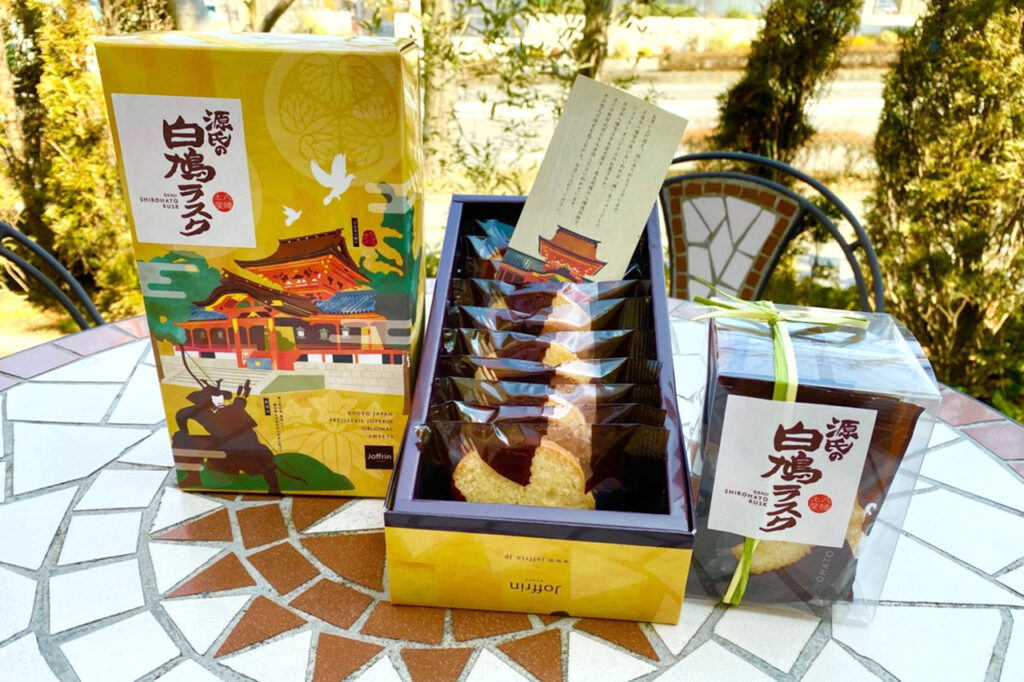
Genji's Shirohato Rusk: 600 yen for 6 pieces, 972 yen for 10 pieces

Jofran French Confectionery has a classic appearance and is located along the Yamanote trunk line. The store's showcase is lined with exciting cakes, baked goods, and other Western-style confections. The "Genji no Shirohato Rusk" is an original product inspired by a pigeon said to be the messenger of the Ishimizu Hachimangu Shrine. The set also includes a bookmark explaining the history of the main shrine. [The set also includes a bookmark explaining the history of the main shrine.
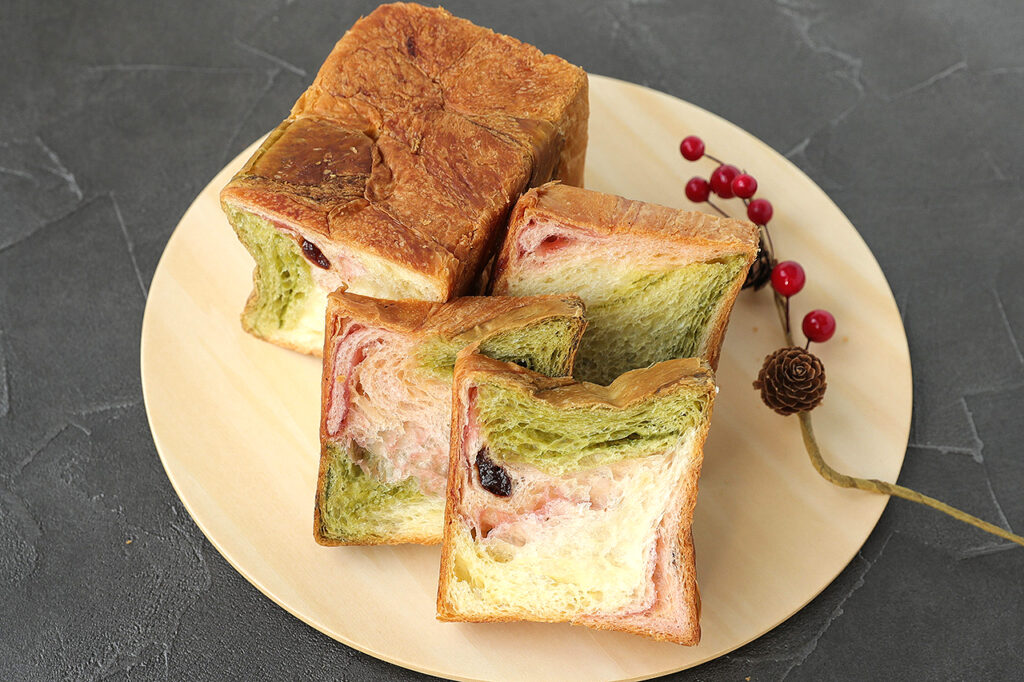
Yawata three-color Danish 1 loaf 1209 yen

Three-color Danish made by a specialty bread and Danish bread store. The pink of the strawberry flavor represents the cherry blossoms and azaleas of Yawata, the green of the green tea flavor represents Otokoyama, and the white of the plain flavor represents the river flow of Yawata, the site of the confluence of the three rivers. Of course they are delicious eaten separately, but when tasted together, the exquisite gradation of flavors can be enjoyed. The lovely marbled Danish will also make a great gift.
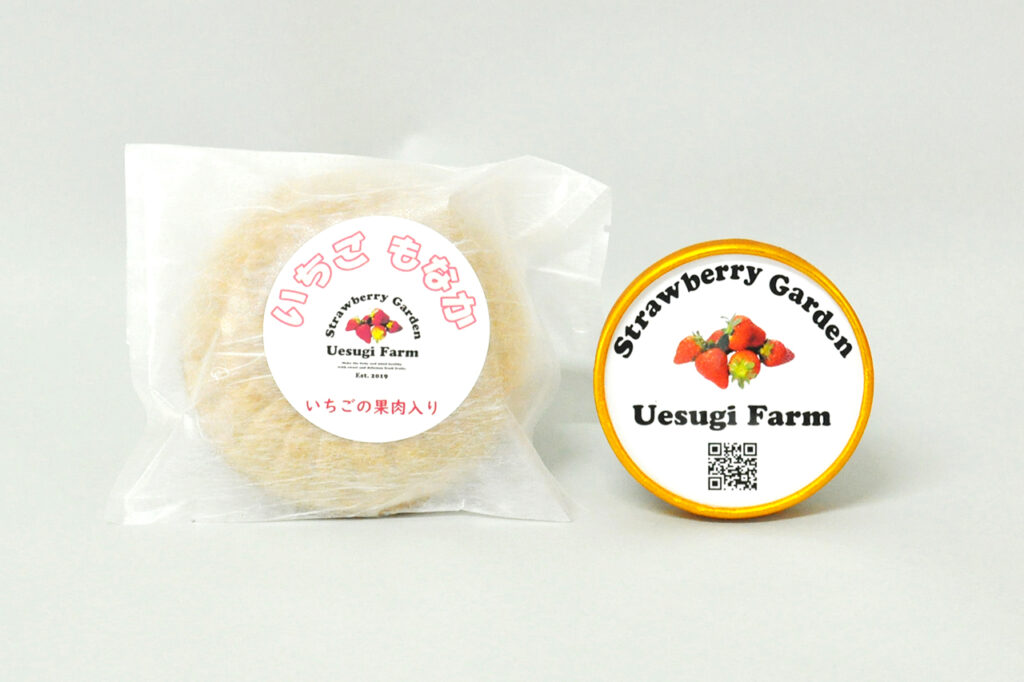
Strawberry ice cream - 380 yen per bag type, 350 yen per cup type

Uesugi Noen is a popular strawberry farm where you can enjoy picking strawberries with your family or friends. Uesugi Noen's ice cream has a luxurious taste with plenty of pulp. The freshness is maintained by freezing freshly picked strawberries. The natural sweetness of strawberries spreads in your mouth. There are two types of ice cream, the monaka type and the cup type, so you can choose the one that best suits your taste.
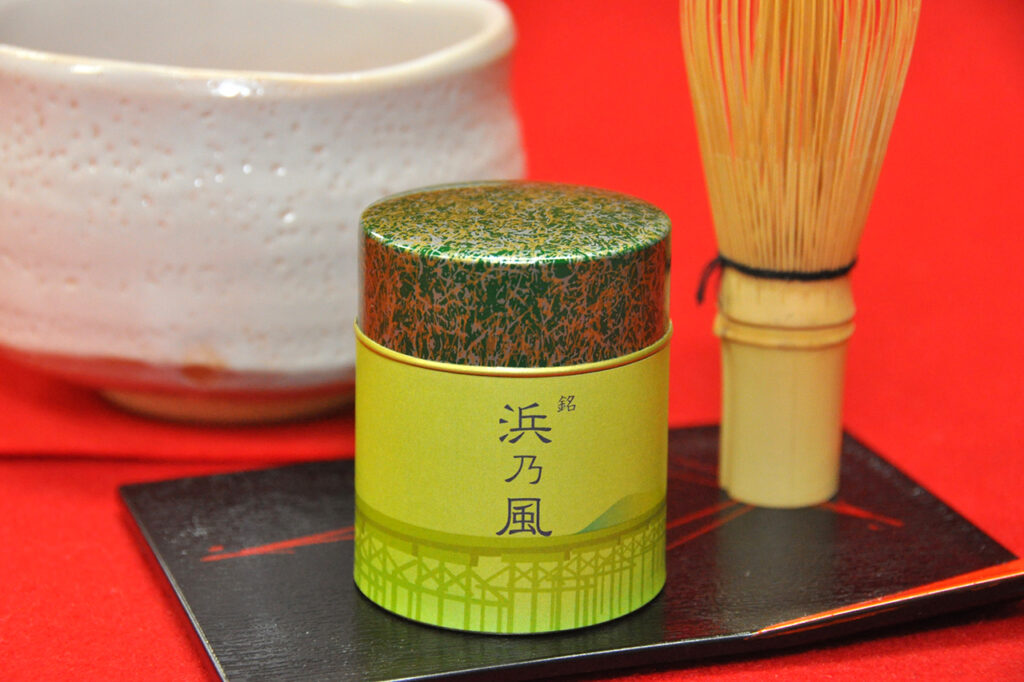
Named Hamanofu 1 piece, 1,100 yen

Matcha processed from Tencha produced in Yawata City. It was named by the former mayor of Yawata City after the "Hamacha" of Kamitsuya Hamadai on both banks of the Nagare Bridge, which was recognized as a constituent cultural asset of the first Japanese Heritage "800-year history walk of Japanese tea - Kyoto and Yamashiro". It can be purchased at the [Museum Shop Ominaeshi] in the museum, so be sure to pick some up as souvenirs when you stop by.
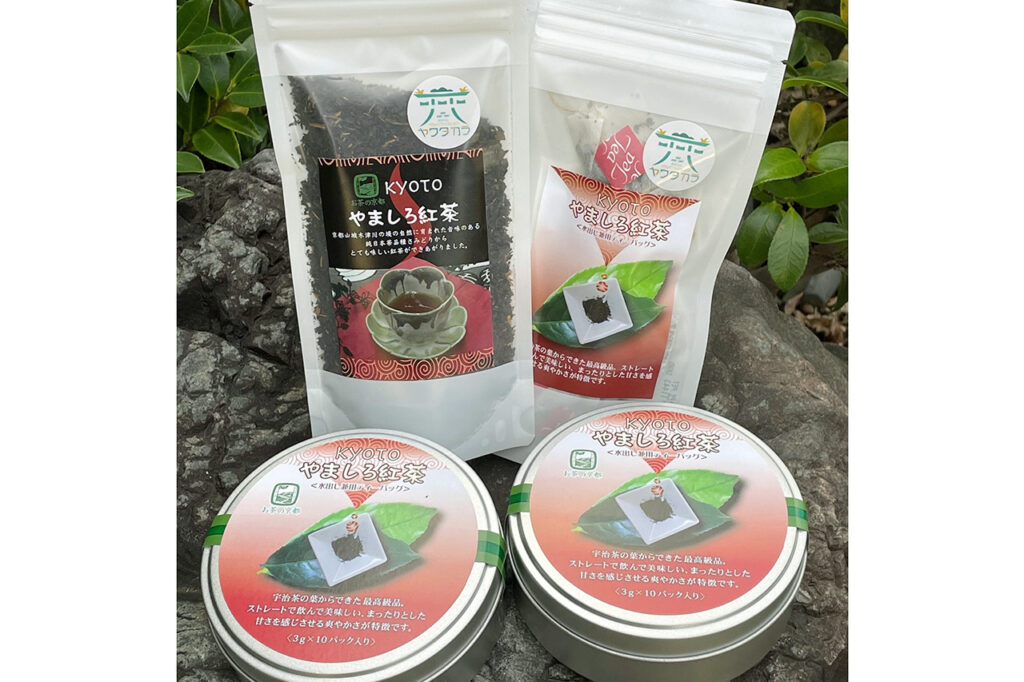
Japanese black tea Kyoto Yamashiro black tea: 50g leaf type, 540 yen; 3g x 7 tea bags, 540 yen; 3g x 10 tea bags in a can, 800 yen

This gallery in the style of an old private house features Nagarehashi-yaki ceramics born in Yawata. The owner, a Japanese tea instructor, selects a variety of teas for purchase here, where she also holds pottery classes. Kyoto Yamashiro Kocha is a Japanese black tea made from Samidori, a pure Japanese tea variety with a delicious flavor nurtured in the nature along the banks of the Kizu River. It has a mild sweetness with a refreshing aftertaste and is delicious hot or boiled in water.
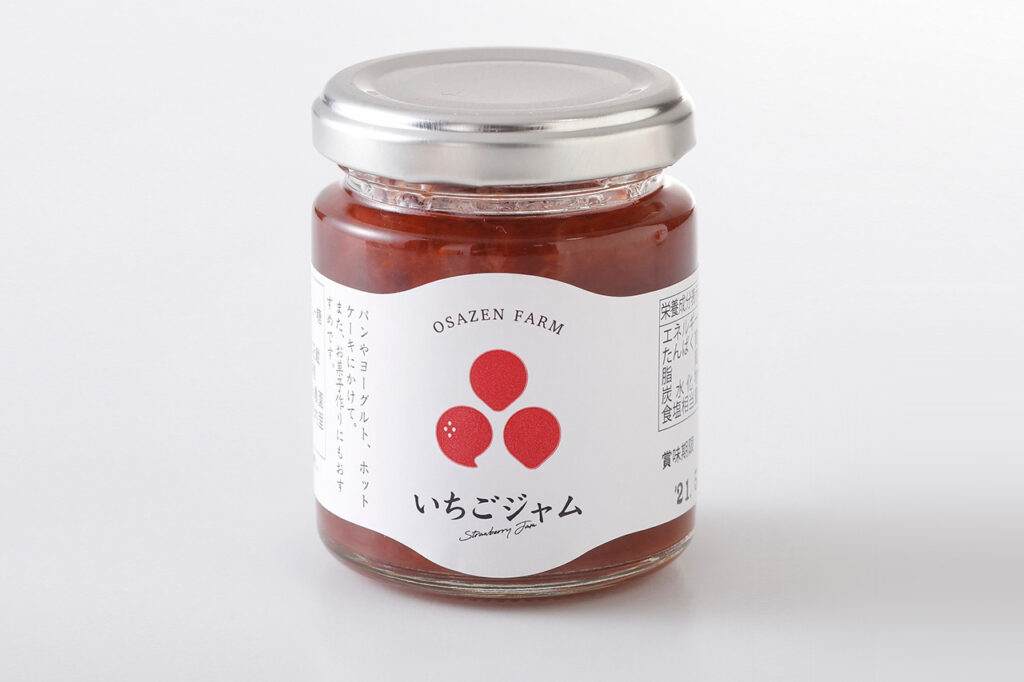
Additive-free strawberry jam made only with strawberries and sugar. 500 yen for a small piece, 950 yen for a large piece

Osazen Farm is a strawberry farm where visitors can enjoy picking perfectly ripe strawberries. The additive-free and colorless strawberry jam uses only ripe strawberries from their own farm and granulated sugar. The smooth texture of the strawberry jam is accompanied by the fleshy texture and the gentle sweetness of the strawberries. Enjoy it with toast or yogurt.
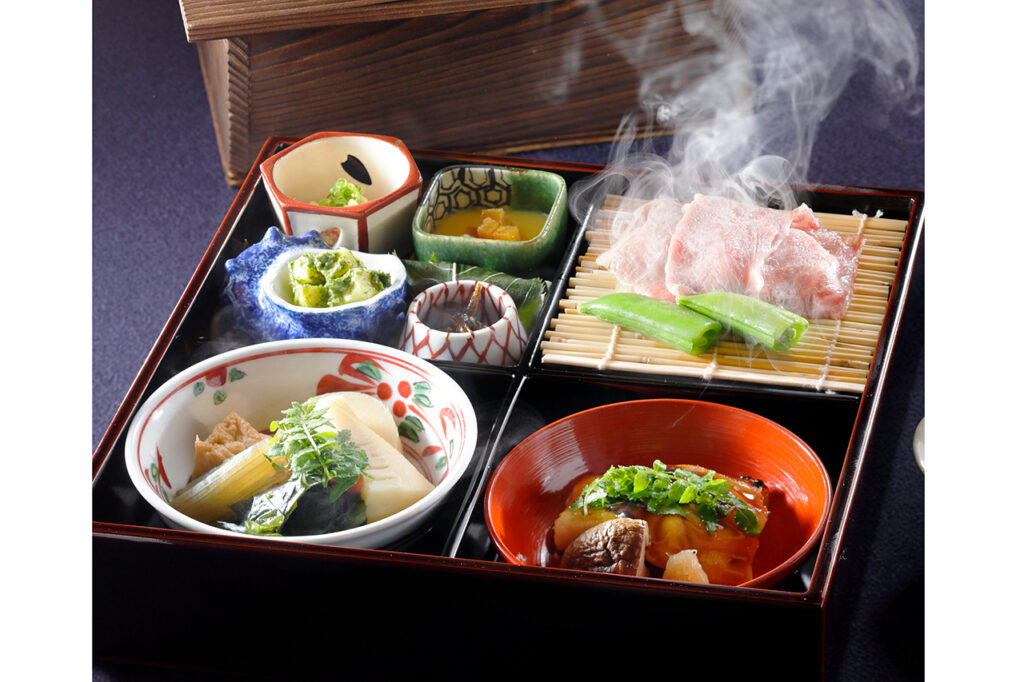
Yoshiki (Yoshiki): ¥5,100; Miyabi (Miyabi): ¥8,300 *Yoshiki is available only for lunch

Shokado bento, known as a synonym for bento, originated here in Yawata. Shokado Shojo, a Buddhist priest of the Edo period, spent the last years of his life here. When Teiichi Yuki, the founder of Yoshikyo, visited the restaurant in the early Showa period (1926-1989), he saw a four-piece box that Shojo had used and devised the idea. By dividing the food into crisscross sections, the flavors of the tsukuri, hachisun, and nimono dishes are not transferred, making it both functional and pleasing to the eye. Enjoy the taste of the season from the delicacies of the mountains and the sea.
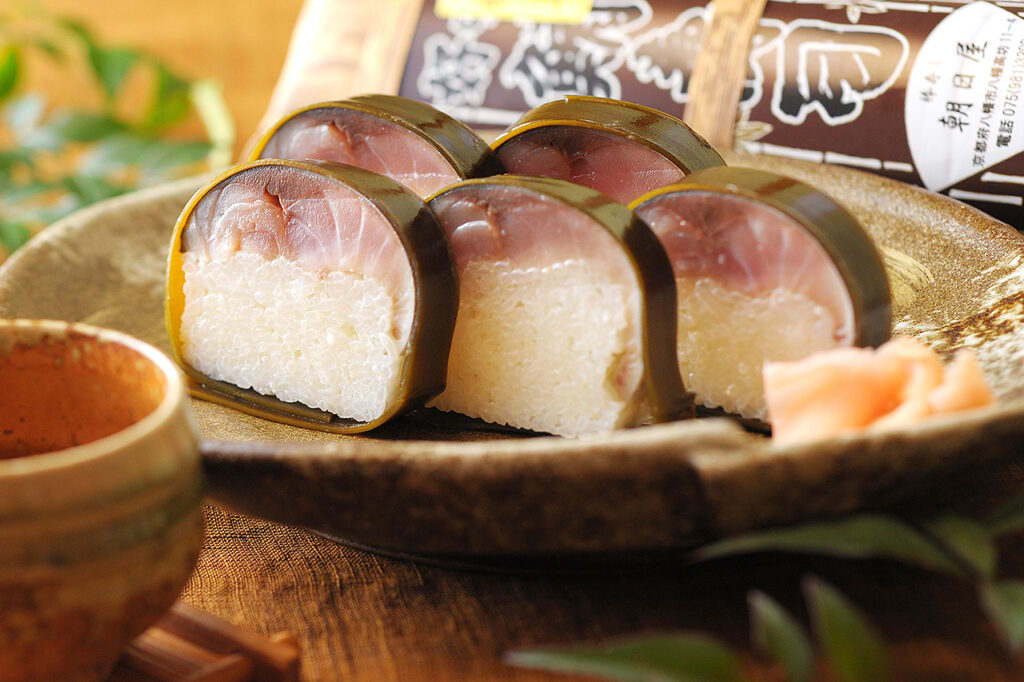
Asahiya's stick sushi: Hwayagi 3,132 yen per piece, Top 3,888 yen per piece, Goku 6,480 yen per piece

Located in front of Ishimizu Hachimangu Shrine Station. For more than 100 years since its establishment, this Japanese-style restaurant has served its famous mackerel sushi, rice bowls, tempura, and other dishes to worshippers. The mackerel stick sushi, which can also be purchased online, is made with high quality mackerel that has been rubbed in the Sanriku fishing grounds off the coast of Hachinohe and is particularly fatty. Each piece of sushi is handmade, using longtime techniques to balance the flavors of the mackerel with the right amount of salt and vinegar. The rice is made from Hinohikari rice produced in Yawata (served in the restaurant for 1,320 yen per three pieces).
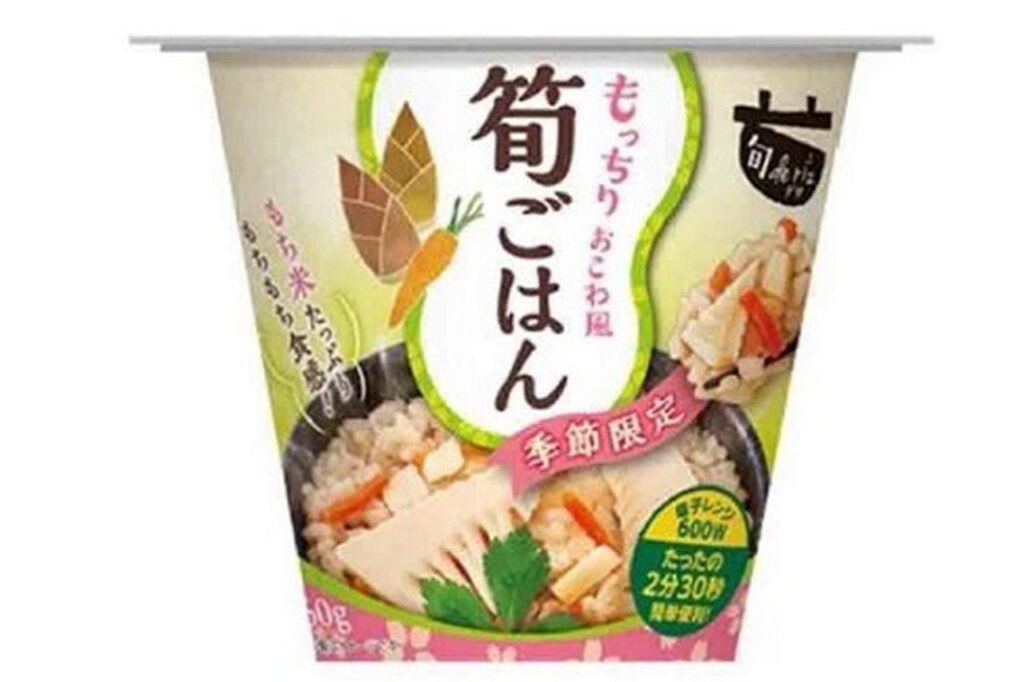
1 piece of range-up bamboo shoot rice, 360 yen

Kyoto Tsuji Farm produces rice that has won numerous prestigious awards. In the spring, the farmer harvests the famous albacore bamboo shoots. Bamboo shoot rice is a product that was created as a result of an appearance on the popular TV program "Manten☆Aozora Restaurant. Ishimizu rice, which has won a national contest award, is combined with soft, raw albacore bamboo shoots to create a rice bowl that is soft and chewy. It is easy to heat up in a microwave oven.
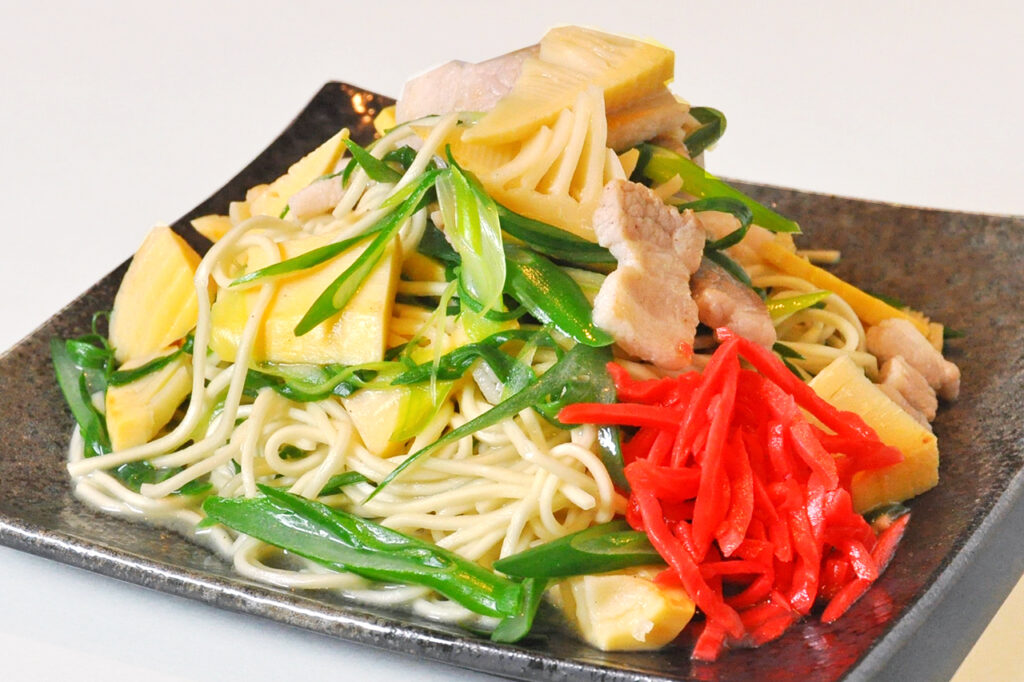
A plate of yanegi ramen is 700 yen.

The Yawata City Chamber of Commerce and Industry Young Men's Club created this dish as a "new specialty of Yawata! The result is Yaki-Ramen, a ramen made with Yawata's specialty kujo leeks and bamboo shoots. It is made with Yawata's specialty, kujo leeks and bamboo shoots, and flavored with chicken broth. It is available only from late March to early May, and only during dinner time. It is perfect for a hearty dinner or to finish off a night of drinking.
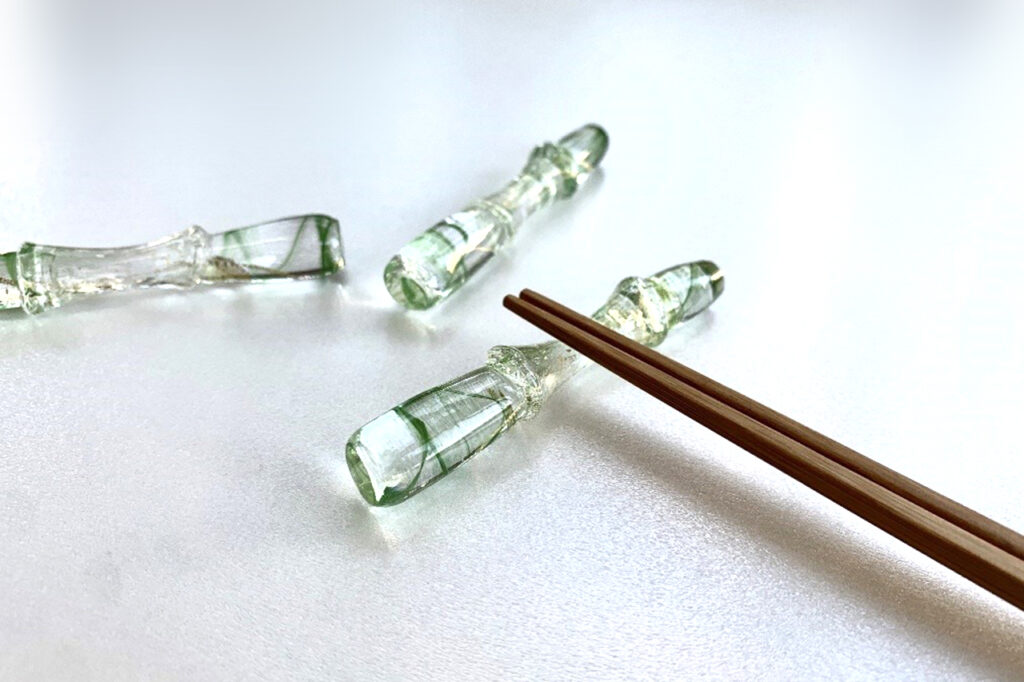
Bamboo chopstick rests: 1,650 yen per chopstick rest

The one-of-a-kind glass works are carefully crafted one by one in a glass studio located at the foot of a bamboo grove in Otokoyama. Chopstick rests with bamboo motifs are made by mixing glass materials and Yahata bamboo, melting them in a kiln at 1,300 degrees Celsius, and specially blending them with the color of Yahata's bamboo. The tasteful green color reflects the glittering light, and its delicacy and profundity casually add quality to the dining table.
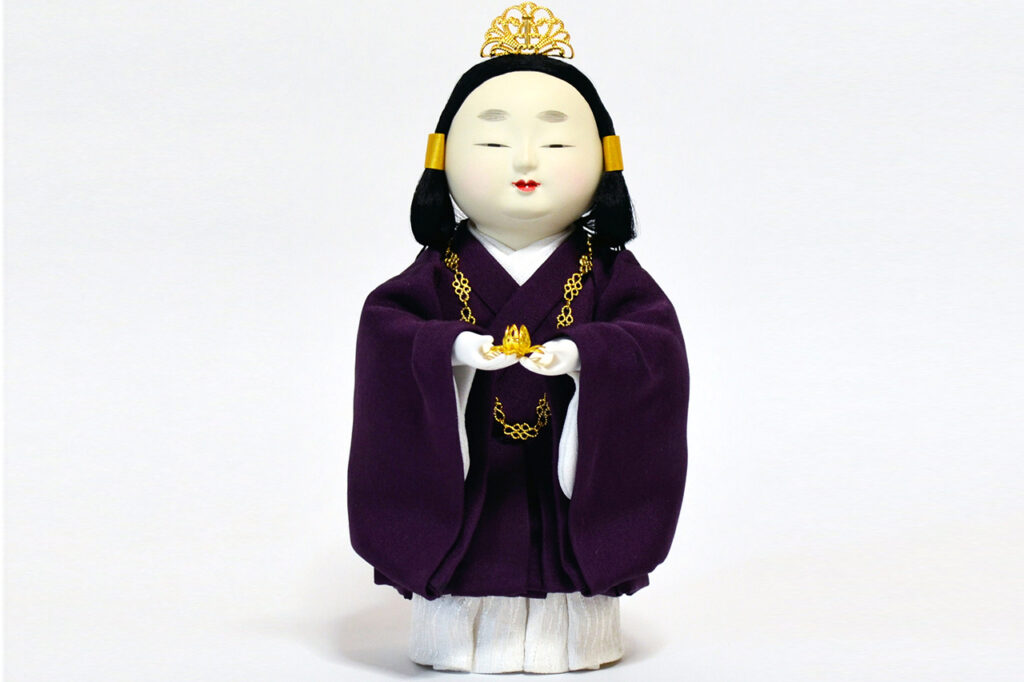
Sekihara Dolls "Pray for Peace" 385,000 yen per doll

Sekihara Shikoh, who inherits the beauty and techniques of Kyoto dolls, puts his heart and soul into his Sekihara dolls. The dolls are made with the wish for world peace and peace in people's hearts, and traditional beauty shines through in every detail. The hair is made of Japanese silk thread, Koishimaru, dyed with specially developed Sekihara black, and tied with Mr. Sekihara's unique technique. The work, which makes full use of traditional Japanese craftsmanship, has a mysterious charm that accompanies the desire to pray for peace and soothes the heart.
There are many other "Yawatakara" products that are loved by the locals! Check them out from the official website below and experience the unique charm of Yawata City.
Over 600 interviews per year! An order site carefully selected by the editors who knows Kyoto and Shiga.
nowOfficial LINE friend registration500 yen OFF coupon is being issued!
Distributed every Friday morning at 8:00 am! From new restaurant information to event information that we want to share with you, We deliver articles about Kyoto that are useful to know. About 20,000 people have registered.Click here to add a friend!
 News
News Feature article
Feature article Featured event
Featured event